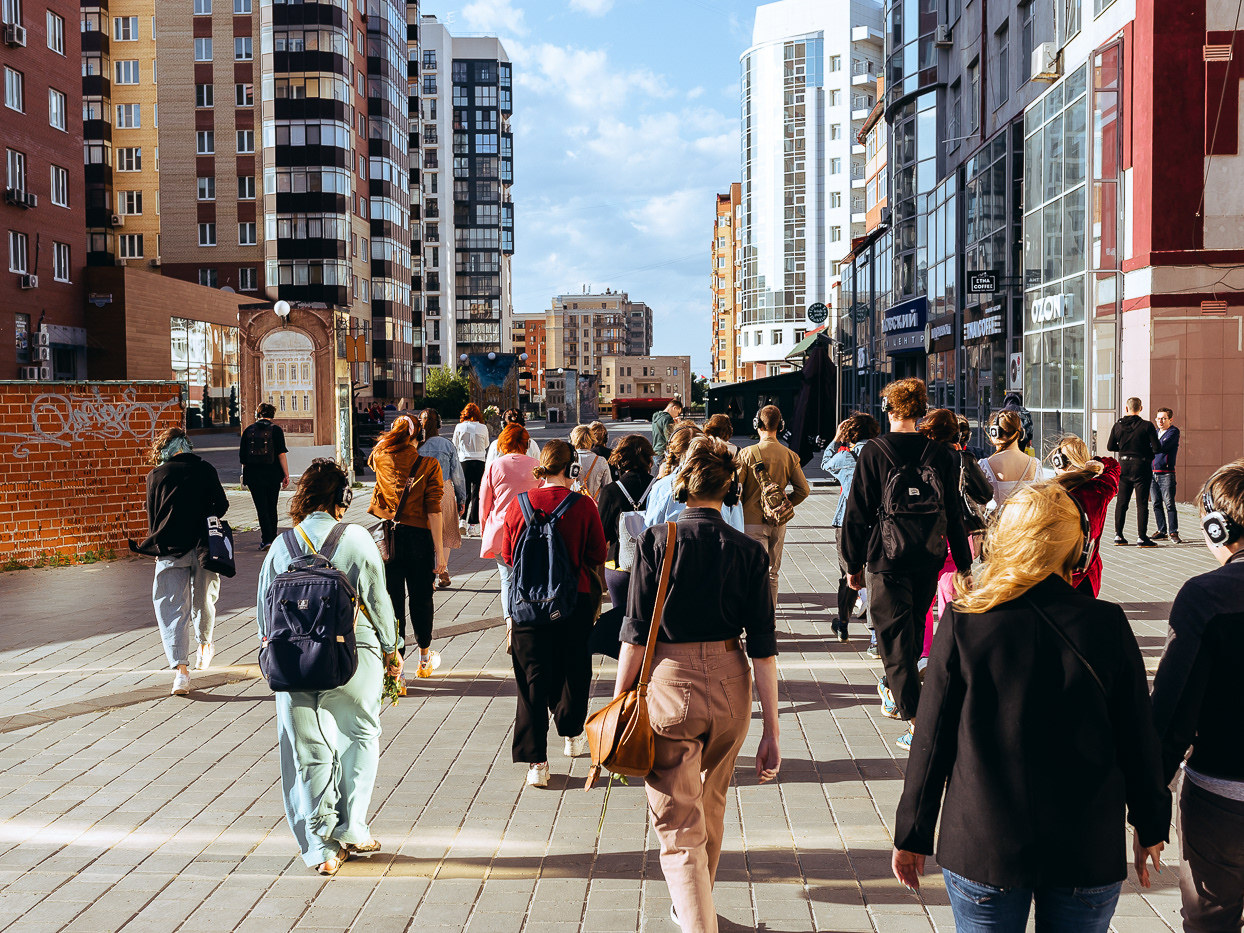The project is about reimagining workout parks from the FLINTA* perspective.
Parks and green spaces are beneficial for our physical and mental health. They serve as spaces for engaging in sports activities, walking, sunbathing, socializing, and various other leisure pursuits. Unfortunately, a significant issue arises as many park activities, such as sports amenities, are predominantly occupied by men and teenage boys who can act as gatekeepers of the space. Cis men taking up space causes discomfort, especially for FLINTA* (female, lesbians, intersex, non-binary, trans and agender people) because some cis men are unaware of how other people around them feel about their presence and their behavior. Sarah Ahmed in her book “Queer Phenomenology”(2006) writes that social gender expectations inform the body capacities and vice versa. It shapes the understanding of gender norms according to which men take up space and women do not. It makes not only FLINTA* people, but also other cis men feel intimidated as it reproduces patriarchal, hierarchical, and oppressive power dynamic in the space.
Workout parks aim to make sports more accessible as they are in the outdoor areas and free of charge. However, due to oppressive power dynamics, FLINTA* People are underrepresented in the public spaces and have limited opportunities to engage in activities that benefit their physical and mental health. This project is committed to challenge this situation. We want to collaboratively re-imagine the present and the future of workout parks by re-inventing gender norms instead of reproducing them. Moreover, we promote a body liberation approach so every body is welcome to join the space. The performative sport actions will be liberated from the male gaze. The point is not to become thin and attractive due to white cis female standards but to be strong, to experience joy from physical activity, to connect with other FLINTA* people, to develop new skills and new experiences by sharing skills with each other.
We consider that sport is more than just a physical exercise or contest. Richard Schechner, performance theorist, describes in his book “Performance Studies: An Introduction” sport as a dynamic performance rich with ritualistic, expressive, and social dimensions. These performances engage both participants and spectators, contributing to the broader cultural and social fabric. Spectators play an active role in the performance through their reactions, support, and participation in the spectacle. This interaction between the performers (who do sport) and the audience creates a shared performative space where the meaning and impact of the sport are collectively experienced and negotiated.
Collaboration with https://www.feministpark.com/about




